This piece will explore the domain of product development using the Agile methodology, a dynamic approach that harmonizes customer needs and business objectives. Agile has brought significant changes to project management in software engineering, offering greater flexibility and efficiency compared to conventional approaches like the Waterfall model.
Therefore, we shall delve into the historical context, guiding principles, various methodologies, and advantages of implementing Agile methodology to elevate software development and achieve project success.
What is Agile Project Management?
The Agile project management concept revolves around a dynamic and iterative approach to product or project development, emphasizing flexibility, customer feedback, and continuous improvements. Agile Project Management is a crucial component of adopting an Agile approach, with a specific focus on the project development phase.
Unlike traditional linear and sequential development models like Waterfall, Agile Project Management adopts an incremental and iterative process. It embraces changes and adapts based on customer feedback and evolving project management requirements, rather than trying to define all requirements upfront and following a rigid plan.
In essence, Agile methodology encompasses various techniques and project management methodologies that have gained immense popularity recently due to their customer-centric approach and ability to adapt to changing needs. This exploration of Agile demonstrates how it transforms traditional project management practices, creating a more collaborative and efficient work environment.
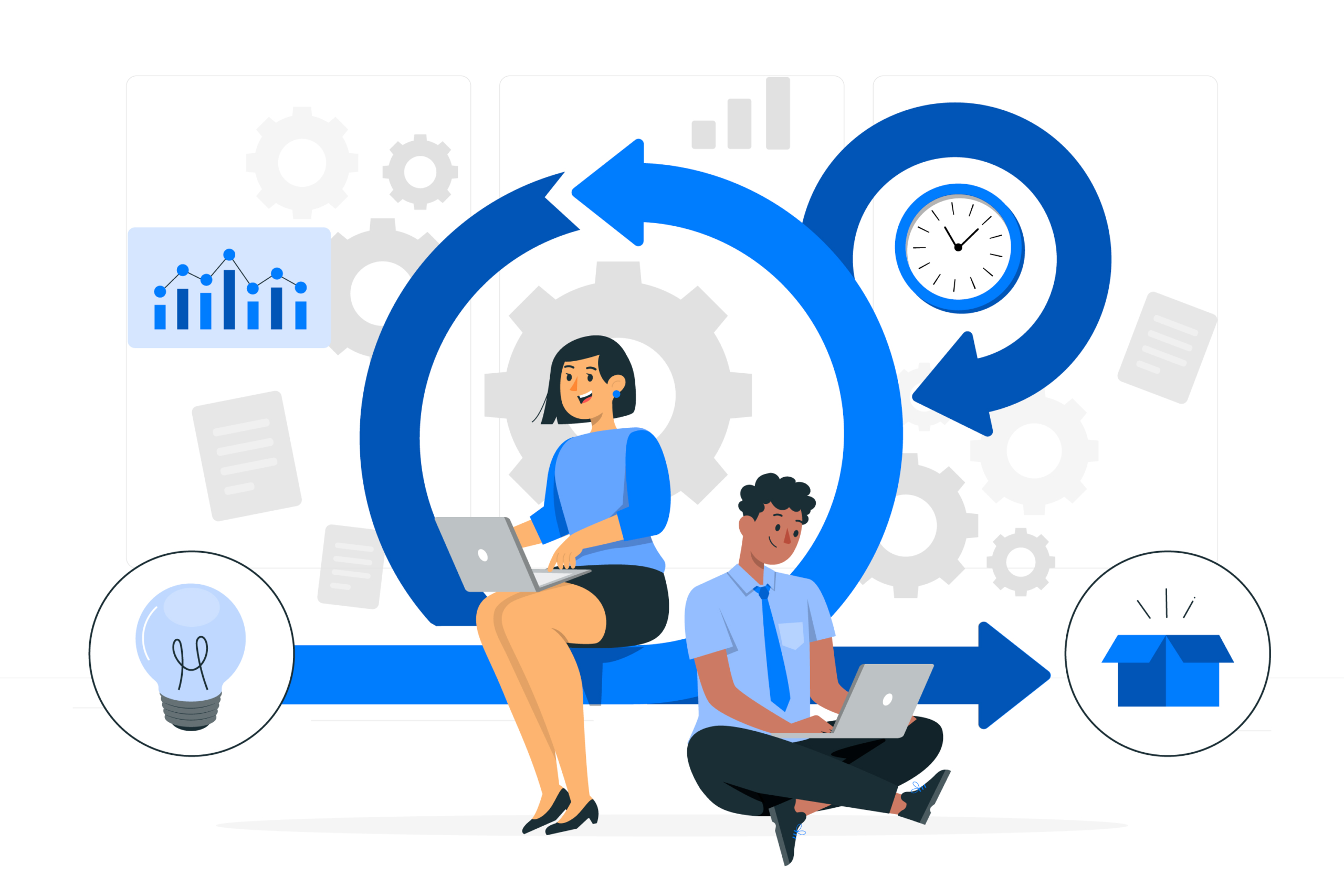
Agile Project Management Philosophy
The roots of Agile Project Management can be traced back to the early 2000s when a group of software developers came together to discuss alternative approaches to traditional project management. They introduced the Agile Manifesto, emphasizing four core values: individuals and interactions over processes and tools, working software over comprehensive documentation, customer collaboration over contract negotiation, and responding to change over following a plan.
Embracing these values, Agile Project Management put customers at the forefront and prioritizes iterative development with frequent customer feedback. This ensures that the delivered product aligns closely with customer needs and adapts to changes seamlessly.
Agile Frameworks, Practices, and Methodologies
Agile offers a variety of frameworks and methodologies, each catering to different project types and organizational needs. Some of the most popular ones include:
Scrum: Most Widely Used Agile Framework
Scrum is one of the most widely adopted Agile methodologies, especially suitable for projects with rapidly changing requirements and a need for frequent customer feedback. It divides the development process into fixed-length iterations called sprints, typically lasting two to four weeks. During each sprint, the team collaborates to deliver a set of features or user stories.
Scrum introduces specific roles, including the Scrum Master, who facilitates the process, the Product Owner, who represents the customer’s interests, and the Development Team responsible for delivering the work. Daily stand-up meetings keep the team aligned, and regular sprint reviews and retrospectives provide opportunities for continuous improvement.
Kanban: A Comprehensive Solution for Handling Work in Progress
Kanban emerges as a powerful Agile methodology that leverages visual and flow-based techniques to efficiently manage tasks with consistent output and optimize workflow. The core of Kanban lies in its visually represented Kanban board, where columns symbolize distinct stages of development or project management phases. As work items, depicted as cards, advance through the board from left to right, they signify their progress.
Central to Kanban’s effectiveness is its focus on constraining work in progress, which prevents bottlenecks and alleviates the burden on the team. This strategy ensures a steady flow of work and guarantees that existing tasks are completed before taking on new ones. Specifically designed for software development teams dealing with a continuous stream of tasks, Kanban offers real-time visualization of progress, proving to be an ideal tool for enhanced efficiency and project transparency.
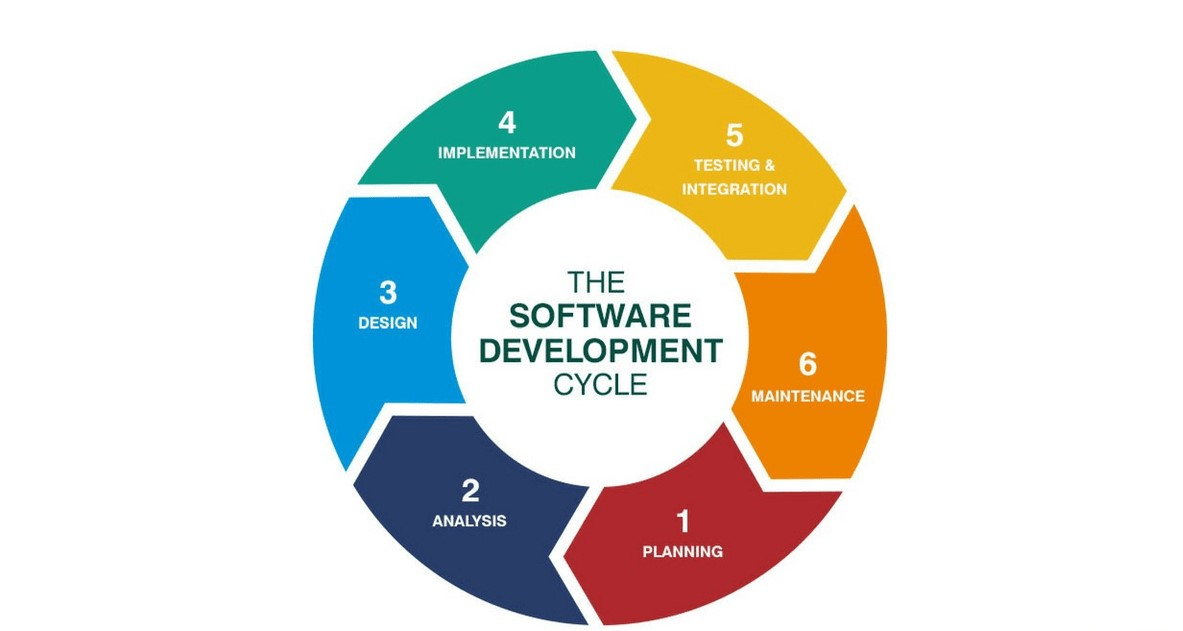
Hybrid: Blending Waterfall and Agile for Flexible Development
The Hybrid approach combines the structured, sequential nature of the Waterfall model with the adaptability and iterative aspects of Agile methodologies. This unique blend empowers organizations to customize their development process to align precisely with the project’s specific requirements and complexity. The Hybrid model becomes the preferred choice when certain project components benefit from the traditional Waterfall approach, while others necessitate the flexibility and responsiveness of Agile.
In the Hybrid approach, project management follows distinct phases, similar to the Waterfall model, encompassing activities such as requirements gathering, design, development, testing, and deployment. These phases are executed sequentially, with progress dependent on the successful completion of each preceding phase.
Bimodal: Traditional Waterfall Combined with Agile
Bimodal project management is a strategy tailored for organizations handling a mix of stable and experimental projects. It introduces two distinct modes to cater to different project characteristics.
Mode 1 follows the traditional Waterfall approach, suitable for projects with clear requirements and predictable outcomes. It prioritizes planning, documentation, and stability, making it ideal for critical business systems or low-risk projects.
On the other hand, Mode 2 embraces Agile principles, catering to projects involving experimentation and uncertainty. Agile methodologies like Scrum or Kanban are employed for flexible development, rapid prototyping, and continuous customer feedback, allowing quick adaptation to changing needs or market dynamics.
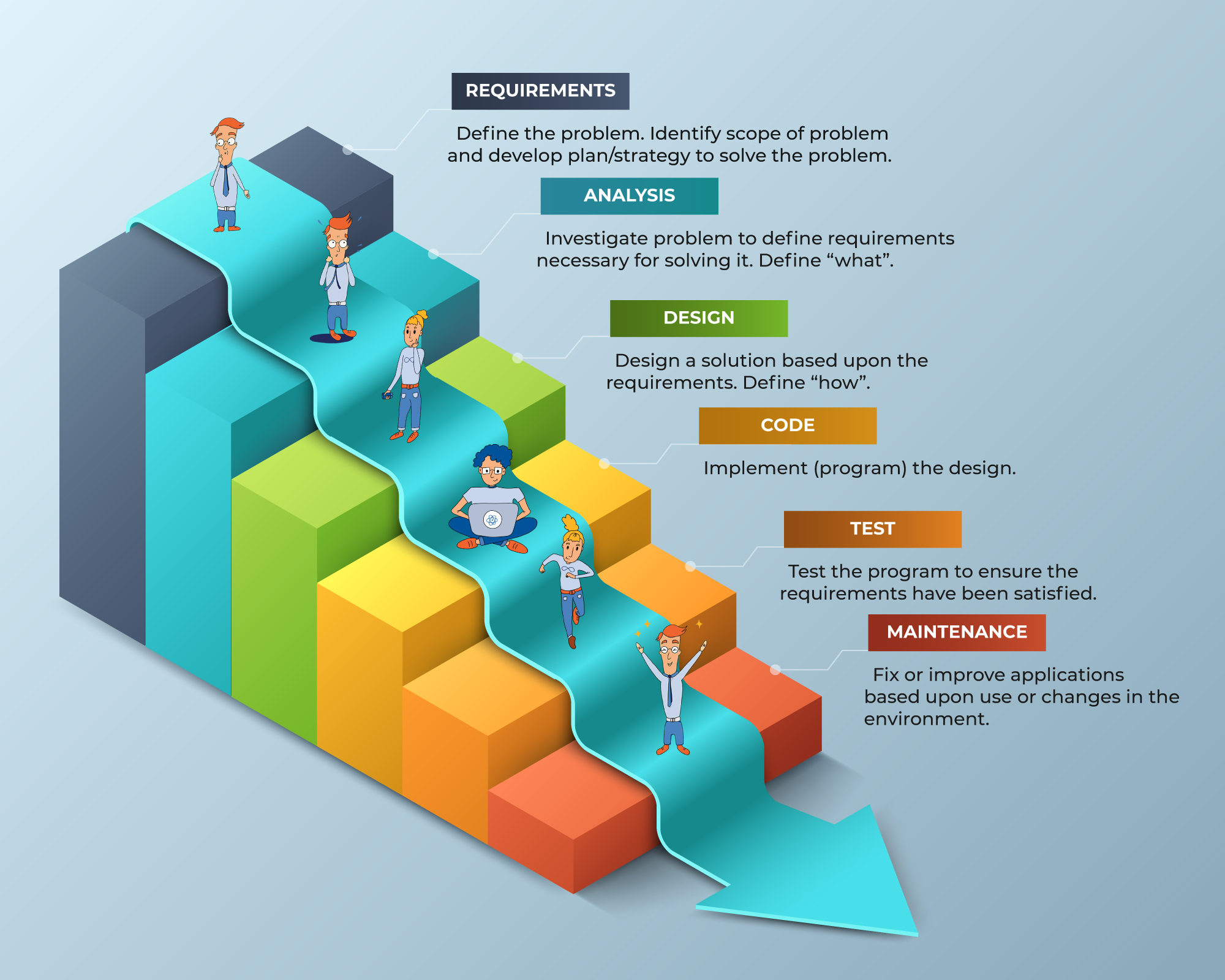
Lean: Eliminating Waste in Software Engineering
Lean, drawing inspiration from Lean manufacturing, centers on eradicating waste and providing optimal customer value. In the context of Agile methodologies, Lean focuses on streamlining processes and minimizing non-essential activities that do not directly enhance customer satisfaction.
Lean promotes iterative and incremental development, facilitating early and frequent delivery of value. Customer feedback is prioritized, emphasizing the creation of products that precisely meet their needs. Through waste elimination and process optimization, Lean empowers teams to efficiently develop high-quality products.
Extreme Programming (XP): Engineering Practices for Quality Code
Extreme Programming (XP) is an Agile methodology that emphasizes engineering practices to ensure the production of high-quality code. XP introduces practices such as test-driven development (TDD), pair programming, continuous integration, and frequent releases. TDD involves writing tests before writing the code, ensuring better code quality and test coverage.
Pair programming fosters collaboration and knowledge sharing among team members. Continuous integration involves regularly merging code changes into the main branch to detect integration issues early. Frequent releases enable teams to deliver working software rapidly and receive immediate feedback from customers.
Agile Methodology Implementation Steps
Implementing Agile methodologies requires careful planning and execution. A step-by-step guide involves:

Evaluating the team’s readiness for Agile adoption
Having a concert overall assessment of your team’s capacity to embrace change, as well as their current processes, capabilities, and willingness to accompany you, is quite crucial before transitioning to Agile forever. Evaluate the team’s Agile maturity and identify potential challenges that might arise during the transition. Conducting a readiness assessment helps in understanding the team’s strengths and areas that require improvement.
Training team members on Agile principles and practices
Effective training is of utmost importance to ensure the team comprehends the fundamental principles and practices of Agile. Organizing workshops or sessions are recommended to introduce Agile concepts, including the Agile Manifesto, Scrum framework, Kanban boards, user stories, and other Agile methodologies. Equipping the team with knowledge about Agile roles and responsibilities will contribute to a unified understanding of the new work approach. A well-informed team is better prepared to embrace and implement Agile methodologies successfully.
Identifying the most suitable Agile framework for the project
Agile offers various frameworks and methodologies, each with its own strengths and applications. Assess the nature of the project, the team’s preferences, and the organization’s goals to choose the most suitable Agile framework. For example, Scrum works well for software development projects with frequent changes, while Kanban is ideal for continuous flow and steady output.
Setting up clear communication channels and collaboration tools
Effective communication and collaboration are fundamental to Agile success. Implement clear communication channels, such as daily stand-up meetings, regular check-ins, and feedback sessions, to ensure seamless information flow within the team. Adopt collaboration tools like project management software or Agile-specific platforms to track progress, manage tasks, and facilitate real-time collaboration.

Creating a product backlog and prioritizing tasks
The product backlog is a dynamic list of features, enhancements, and bug fixes that need to be addressed in the project. Collaborate with stakeholders to identify and prioritize items based on their value and urgency. This prioritization will help the team focus on delivering the most valuable features early in the development process.
Conducting regular retrospectives to improve the process continuously
Agile encourages teams to continuously improve their processes and outcomes. Conduct regular retrospectives at the end of each sprint or project phase to reflect on what went well and what can be enhanced. Use feedback gathered from team members to identify areas for improvement and implement changes accordingly in the next iteration.
Agile Methodology Basics
At the core of Agile lies the Agile Manifesto’s four main values: prioritizing individuals and interactions, delivering working software, collaborating with customers, and adapting to change. These values foster a culture of open communication and iterative development, enabling teams to respond quickly to changing requirements. Here’s a more in-depth view of these four values.

Prioritizing Individuals and Interactions
Agile project management places a strong emphasis on valuing people over processes and tools. It acknowledges that the skills, expertise, and collaboration of team members are pivotal in achieving project success. Hence, Agile encourages fostering a supportive and collaborative work environment where team members can openly communicate, share ideas, and collaborate to overcome challenges. By prioritizing individuals and their interactions, Agile cultivates a sense of ownership and responsibility within the team, resulting in enhanced productivity and creativity.
Delivering Working Software
The second value of the Agile Manifesto emphasizes the primary focus on delivering tangible and working software. In traditional development approaches, documentation and plans take precedence, often leading to delays in delivering the final product. Agile, however, prioritizes delivering value to customers early and frequently. This iterative approach allows for rapid prototyping and early feedback, ensuring that the delivered software meets customer needs and aligns with business objectives.

Collaborating with Customers
Agile places significant importance on the crucial role of customers and stakeholders in project success. The third value stresses the active collaboration with customers throughout the development process. By engaging customers in regular feedback sessions, demonstrations, and decision-making, Agile teams can obtain valuable insights into customer preferences, pain points, and evolving requirements. This collaborative approach ensures that the final product meets customer expectations, resulting in higher customer satisfaction and loyalty.
Adapting to Change
The fourth value of the Agile Manifesto acknowledges that change is inevitable and often essential for project success. Agile embraces change and encourages Agile teams to be adaptable and responsive to evolving requirements. In traditional project management, changes late in the development process can be costly and disruptive. However, Agile methodologies allow teams to accommodate changes in a controlled and efficient manner, leading to improved project outcomes and customer satisfaction.
Agile Project Management Frameworks
Agile project management follows stages and cycles that allow for iterative development and frequent customer feedback. The Agile software development life cycle typically includes stages such as planning, requirements gathering, development, testing, and release. Agile is not limited to software development and can be applied to various Agile projects like marketing campaigns or event planning, ensuring better outcomes and customer satisfaction.
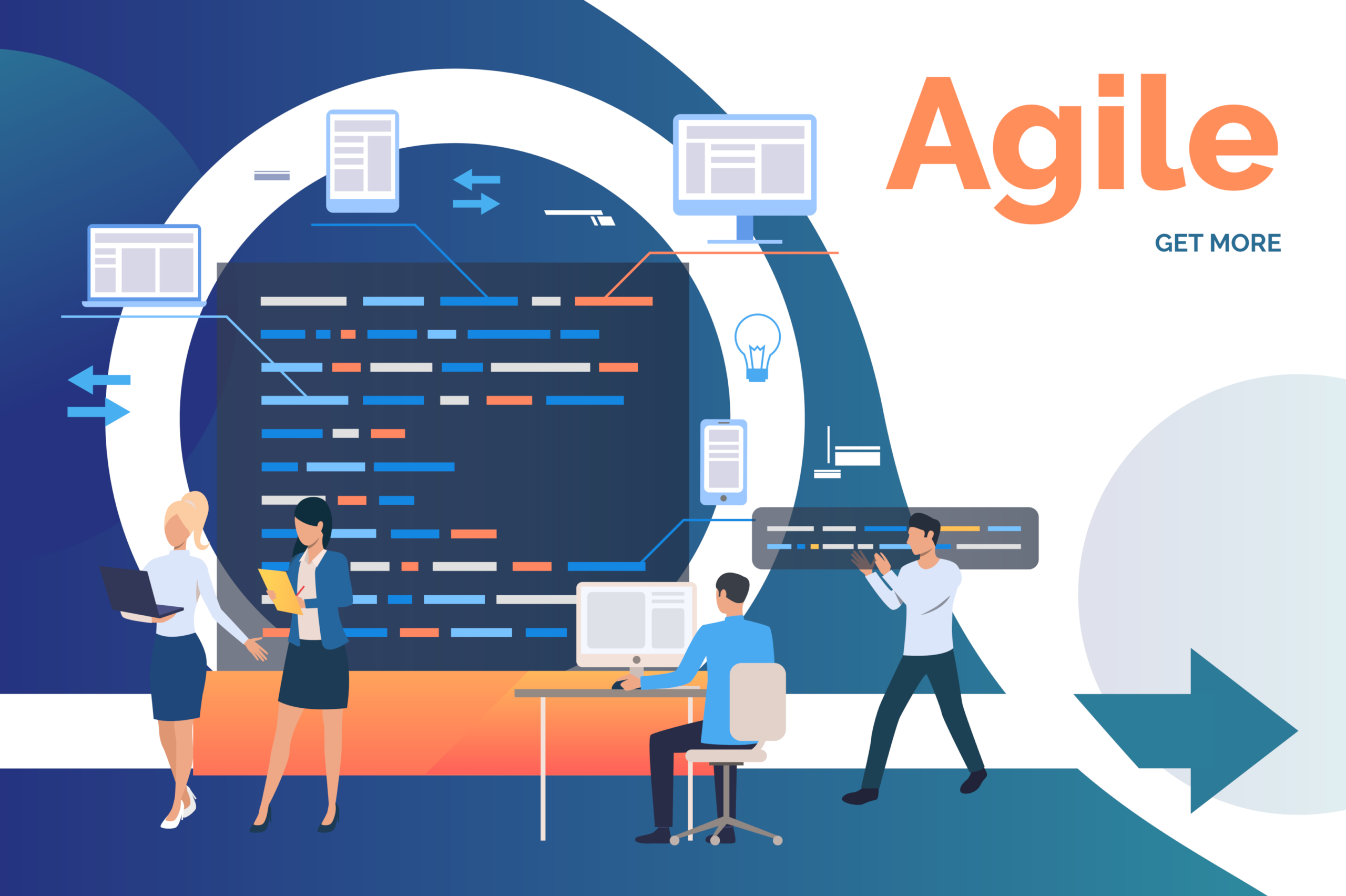
Traditional Project Management Methodologies
For many decades, the Waterfall model has been a widely used approach in software development. It adheres to a linear and sequential process, requiring the completion of each phase before moving on to the next. While it offers benefits like clear documentation and predictable outcomes, it lacks flexibility when handling unforeseen changes or new insights during development.
This rigidity can result in challenges, such as delivery delays, cost overruns, and dissatisfied customers. As software engineering progressed, the demand for more adaptable and efficient approaches became apparent, giving rise to the popularity of Agile methodologies.

Agile Methodologies vs. Traditional Approaches
Compared to traditional Waterfall methodologies, Agile provides greater flexibility, quicker response to changes, and improved customer collaboration. Agile’s iterative nature enables Agile teams to deliver value incrementally, enhancing customer satisfaction and project success.
Agile Software Development
Agile in software development has revolutionized the way software is built, bringing numerous advantages and benefits to development teams and businesses alike. Its agile software development life cycle encompasses various stages that prioritize customer collaboration, adaptability, and continuous improvement.

Shorter Development Cycles
Agile’s iterative approach, dividing projects into short sprints, allows for faster and more frequent releases of working software. This approach to software development enables organizations to deliver value to customers early and respond quickly to changing market demands.
Improved Product Quality
With Agile software development, quality is embedded in the development process. Frequent testing, continuous integration, and customer feedback ensure that issues are detected and resolved early, leading to higher software quality.
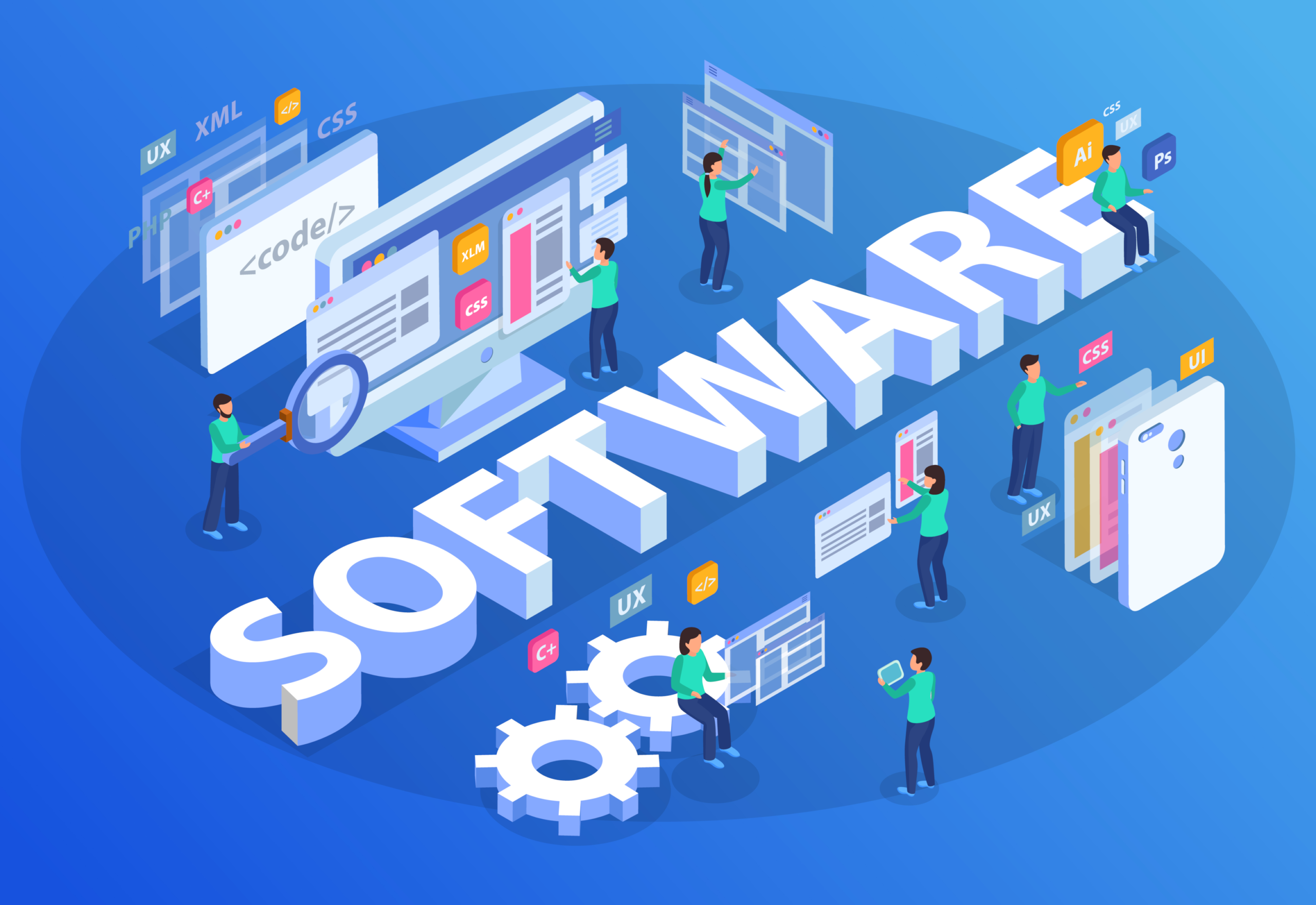
Reduced Project Risks
By delivering small increments of software at regular intervals, Agile software development mitigates the risks associated with traditional long development cycles. It provides an opportunity to course-correct and adjust project direction based on real-time feedback.
Customer-Centric Approach
Agile software development places customers at the core of the development process. Active customer collaboration, regular feedback, and customer-centric prioritization ensure that the final product meets customer needs and expectations.
Adaptability to Changing Requirements
Agile software development acknowledges that requirements evolve during the development process. The ability to embrace change ensures that the software remains relevant and valuable, even in dynamic and unpredictable business environments.
Transparency and Collaboration
Agile software development fosters a culture of openness and transparency. Daily stand-up meetings, regular demonstrations, and frequent communication promote collaboration and alignment within the team and with stakeholders.
Continuous Improvement
Agile software development encourages Agile teams to reflect on their processes and performance regularly. Retrospectives at the end of each sprint enable the Agile team to identify areas for improvement and implement changes for increased efficiency and productivity.
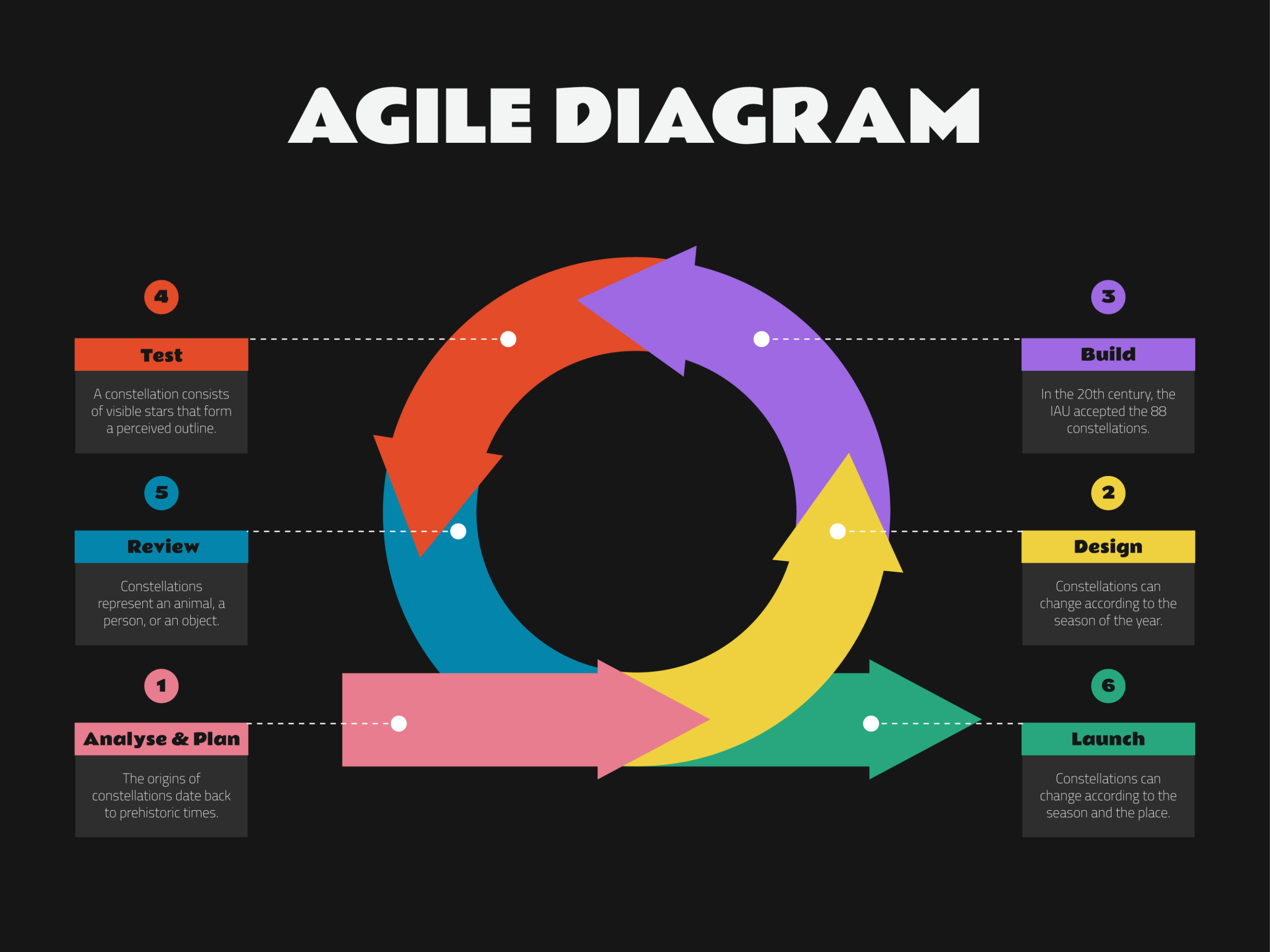
Implementing Agile Methodology into Projects
Implementing Agile requires careful planning and collaboration. Assembling a cross-functional Agile team, creating a product backlog, and managing stakeholder expectations are crucial steps. Measuring success with key performance indicators and utilizing Agile templates like Wrike can streamline the process.
Business Agility and Agile Project Management
Business agility involves applying Agile principles beyond software development teams, enabling organizations to respond quickly to market changes and customer needs. Agile project management provides a solid foundation for businesses to adapt and thrive in dynamic environments.
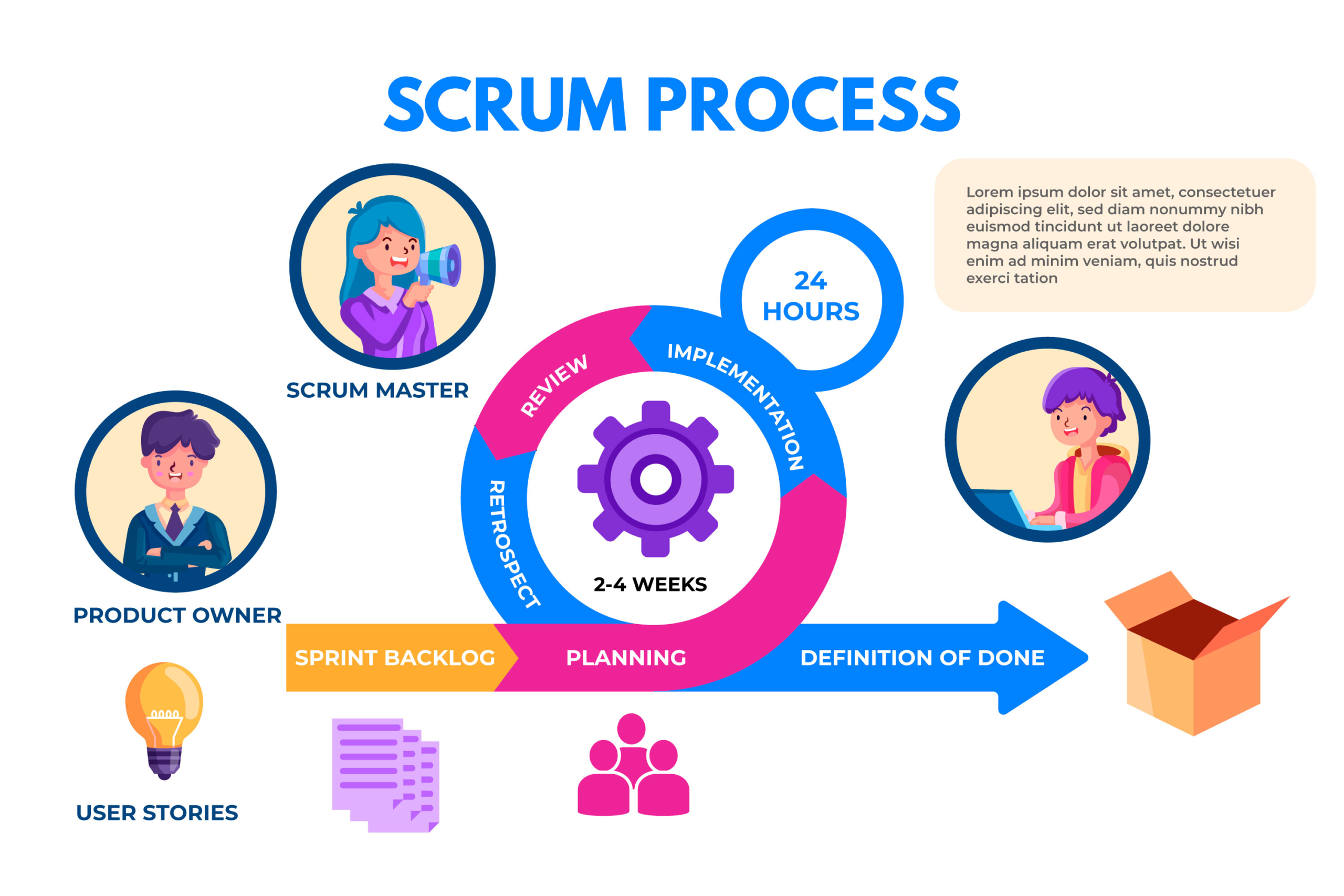
Conclusion
Agile project management is a game-changer in software development and beyond. By balancing customer needs and business goals, Agile methodologies ensure that projects stay on track and deliver exceptional results. Embracing Agile practices and selecting the right framework can drive success and propel organizations to new heights. So, let’s embrace Agile, collaborate, and create remarkable products that delight our customers and achieve our business objectives.
FAQs
How do you balance business needs and customer needs?
Balancing business needs and customer needs requires open communication and collaboration. Understanding customer feedback and preferences helps align business objectives with customer expectations. It involves prioritizing features that deliver value to customers while also meeting the organization’s strategic goals.
What should the primary goal in balancing user needs and business objectives be?
The primary goal is to achieve a win-win situation, where the product or service meets customer needs and aligns with the organization’s business objectives. By delivering value to customers, the organization gains customer loyalty and satisfaction, ultimately driving business success.
Why is it important to balance the needs of the Organisation and customers?
Balancing the needs of the organization and customers is crucial for sustained growth and success. Meeting customer needs ensures customer satisfaction and loyalty while fulfilling business objectives leads to profitability and sustainability. Striking the right balance fosters a healthy relationship between the organization and its customers, driving long-term success.
What is the role of product management in agile?
In Agile, product management plays a pivotal role in defining the product vision, strategy, and roadmap. Product managers work closely with stakeholders and customers to understand their needs and prioritize features accordingly. They collaborate with cross-functional teams, providing clear requirements and direction. Throughout the development process, product managers ensure that the product aligns with customer expectations and contributes to the organization’s business objectives.



